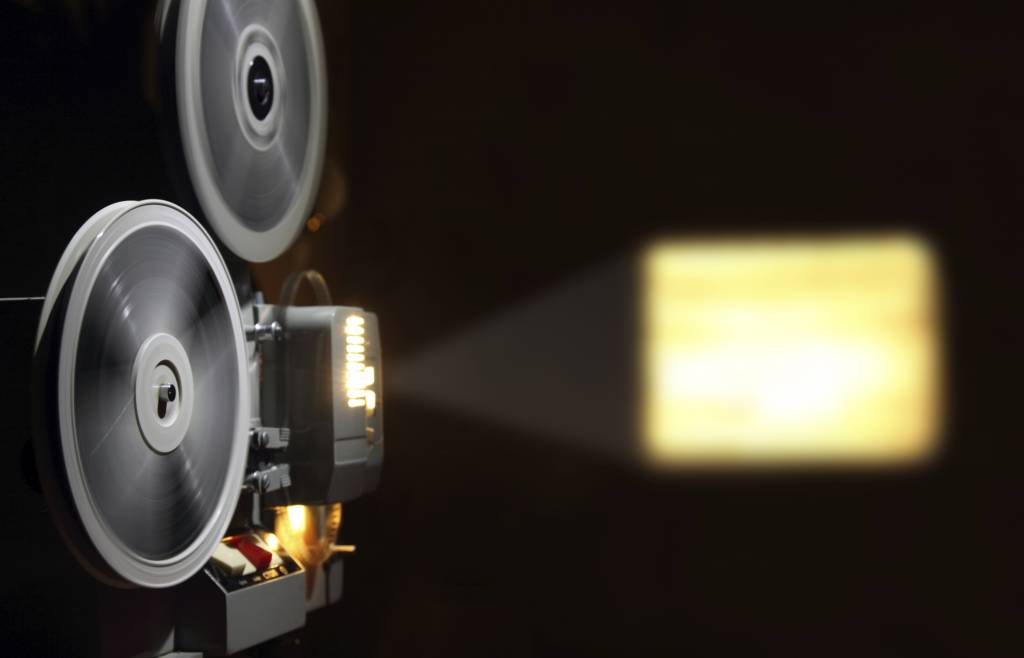The pieces that make up “Green Room” are all exciting in and of themselves. The indie horror thriller features a punk band of traveling misfits, a cult of murderous Neo-Nazis, and a standoff at a club in the middle of nowhere between the two groups. Weapons ranging from guns and machetes to box cutters and fire extinguishers spice the confrontation up even more — and there’s even a skinhead Patrick Stewart.
On the production side of the proceedings, “Green Room” is the third feature from director/writer Jeremy Saulnier, a filmmaker that’s relatively new to the scene but has already impressed indie audiences with 2014’s harrowing revenge thriller “Blue Ruin” (no, his first movie title didn’t start with a color. It’s called “Murder Party”, which could aptly describe all of his work). With his third film, Saulnier had a bigger budget and more famous faces at his disposal than ever, so thrill seekers and indie film fans alike have eagerly awaited it for years. So how does it contribute to Saulnier’s budding filmography?
“Green Room” is an intelligently put together film, and any genre filmmaker would be proud to have made it — but it falls slightly short of the promising near-perfection of “Blue Ruin”. It never manages to be more than the sum of its thrilling parts, but its sure-handed direction and devoted performances ensure that it remains a ferocious slice of horror cinema.
The narrative exists entirely as a set-up for the thrills, and Saulnier wisely doesn’t play it off as anything more than that. A four musician punk band, “The Ain’t Rights”, is on tour and desperate for a good gig. Due to a scheduling mishap, the band ends up playing at a neo-Nazi bar far from the nearest town. After the show, one of the band members accidentally discovers the body of a young girl that the skinheads murdered, and — well, if you were a homicidal neo-Nazi cult, would you let them go?
The band ends up taking refuge inside the club’s green room. By this time, the expositional stage has already taken up about half the movie, and Saulnier has little kinetic energy off of which to build. Character development isn’t his screenwriting strong suit, which felt more acknowledged in his previous film: “Blue Ruin” only focused on one character (played by longtime friend of the director Macon Blair, who has a smaller role in “Green Room”) and it established his narrative motivations during the first five minutes before rocketing off into 85 minutes of pure, distilled tension. “Green Room” spends a much longer time with the members of the band, but their development almost feels feigned — as if Saulnier thought he should care more about well-rounded characters this time around due to the ensemble cast, but wrote them out of the way as thinly as possible.
Once the faceoff between the neo-Nazis and the punk band ratchets up, Saulnier’s talents as a director shine as brightly as machetes spilling blood. He knows a thing or ten about what to keep out of frame and what to visually fixate on in order to shock the audience. The second half of “Green Room” is unpredictably fierce and occasionally quite scary. Thankfully ignoring the relative safety of most modern blockbusters, the film makes sure that no character feels safe, and the violent stakes elevate the experience to one of taut relentlessness.
The cast is equally game: Anton Yelchin and Imogen Poots in particular embody a thematic hopelessness, capturing the feeling of just wanting to survive with emotional ardor. Patrick Stewart shows off his sinister side delightfully, and Alia Shawkat (Maeby of “Arrested Development” fame) once again proves that she deserves more serious roles.
Even during the better half, the screenplay’s half-hearted characters bog “Green Room” down a bit. It’s hard to completely submit to a movie’s life or death tension when you don’t care much for its inhabitants. Saulnier’s writing may not hold you on the edge of your seat, but his striking directorial bloodletting will keep you three fourths of the way there.
★★★½ (3.5/5)




